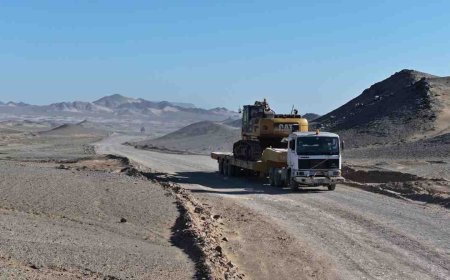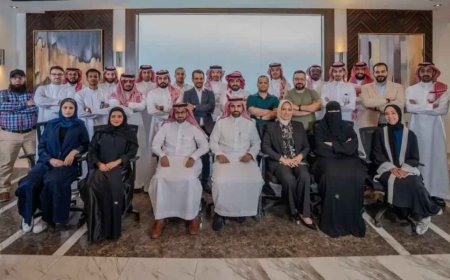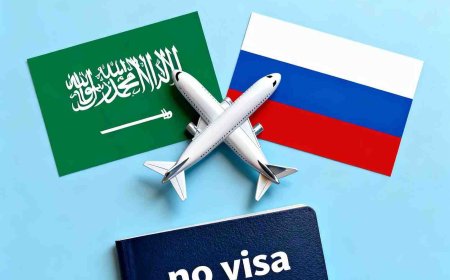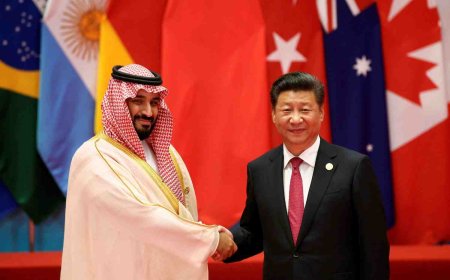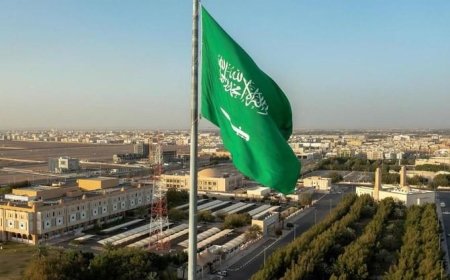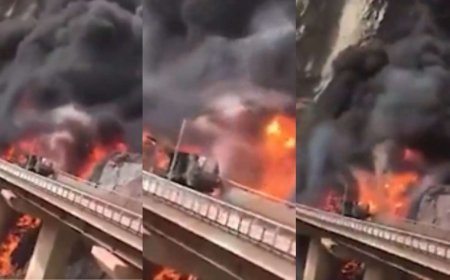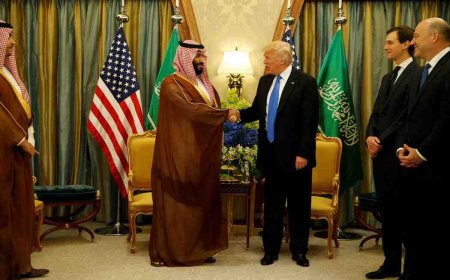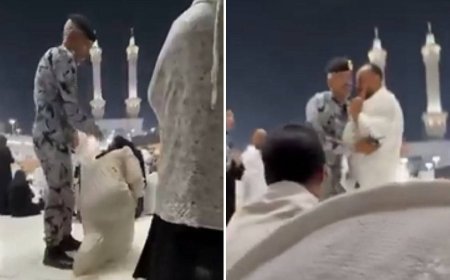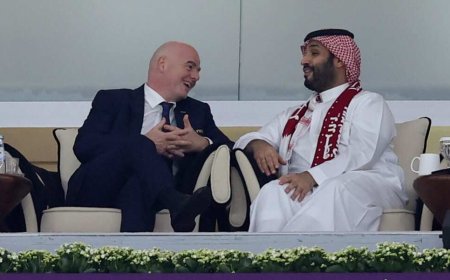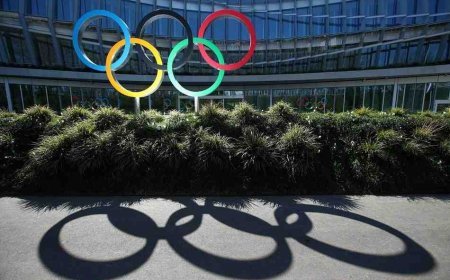Fragile Gaza Ceasefire: Body Swap Proceeds Amid Stalemate Over Aid and Access
Latest on the Gaza ceasefire: Hamas & Israel exchange remains of captives & prisoners. Why the deal is fragile, the dispute over Rafah crossing, and the challenges for humanitarian aid and reconstruction.
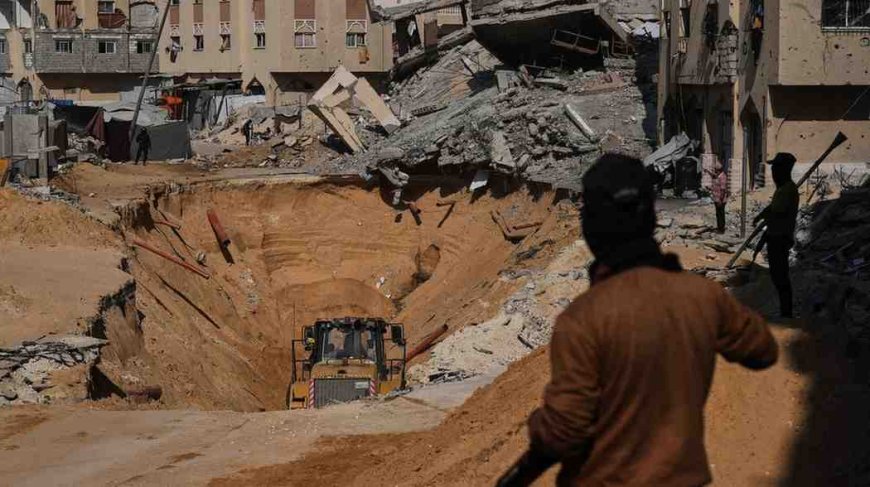
Fragile Gaza Ceasefire: Body Swap Proceeds Amid Stalemate Over Aid and Access
Under the framework of the current ceasefire agreement, a somber exchange is unfolding between Hamas and Israel, centered on the return of deceased captives and prisoners. This process, while marking a significant humanitarian step, is fraught with logistical challenges and mutual accusations of non-compliance that threaten the truce's stability.
The Current Exchange: A Somber Tally
The latest phase of the agreement saw the handover of two more bodies to Israel on Tuesday. Israeli authorities identified them as 85-year-old Aryeh Zalmanovich and 38-year-old Master Sergeant Tamir Adar.
Hamas officials state this brings the total number of deceased Israeli captives returned to 15. They estimate that approximately 13 more sets of remains are yet to be recovered, a task they describe as severely hampered by widespread destruction across the Gaza Strip and Israel's military control over key areas.
In return, Israel has released the remains of Palestinian detainees. This included the return of 15 bodies of Palestinians killed in Israeli custody to Gaza. This exchange occurs alongside the release of approximately 2,000 living Palestinian prisoners, with Israel pledging to eventually hand over the remains of some 360 deceased Palestinians.
A Deal Under Strain: Contending Claims and Sticking Points
Despite the progress on the handovers, the ceasefire remains fragile due to unresolved disputes over the agreement's broader terms.
Hamas's Accusations:
The group accuses Israel of failing to uphold its end of the deal, specifically by refusing to fully open the Rafah border crossing, a critical conduit for humanitarian aid and reconstruction materials between Gaza and Egypt. They argue that without a significant increase in aid and a clear path to rebuilding, the agreement is incomplete.
Israel's Position:
Conversely, Israeli officials warn that the process of returning bodies is moving too slowly. They contend that Hamas is using the devastation in Gaza—where many remains are buried under rubble in contested zones—as a pretext for delays. Israel has insisted it will not make further concessions until the agreed-upon terms for the return of all captives, living and deceased, are met.
Hamas counters that recovering remains requires heavy equipment and unfettered access to dangerous, bombarded sites, resources they currently lack.
Why This Exchange Matters Beyond the Bodies
The transfer of remains is a deeply emotional issue for both sides, providing a measure of closure for families. For Israel, it resolves the fates of missing citizens and soldiers. For Palestinians, the return of their dead is a symbolic recognition of their loss.
However, the process is strategically significant. The handovers are explicitly tied to the ceasefire's overall implementation, which includes:
-
The release of living prisoners
-
The opening of border crossings, especially Rafah
-
The facilitation of sustained humanitarian access to Gaza
Each side views the other's actions as a test of credibility. Failure to comply on one front risks unraveling the entire agreement and could precipitate a return to violence.
The Road Ahead: Challenges and Stakes
The immediate challenge is the recovery of the estimated 13 remaining sets of Israeli remains. Hamas has committed to continuing the handovers once the bodies are located and extracted. However, the "ground truth" in Gaza presents a massive obstacle. With entire neighborhoods reduced to rubble and a complex network of tunnels collapsed, the recovery mission is slow, dangerous, and technically demanding.
The stalemate over the Rafah crossing remains the most significant political and humanitarian hurdle. Gaza's ability to receive adequate aid and begin the monumental task of reconstruction depends heavily on this access point being fully operational.
The Bottom Line
The recent exchange of remains is a tangible, if grim, sign of progress within the Gaza ceasefire agreement. It demonstrates a level of coordination between adversaries on a deeply sensitive humanitarian issue. However, the deal's long-term viability hinges on overcoming mutual distrust and resolving critical disputes over aid access and reconstruction. Without a concerted effort to open crossings and allow Gaza to begin rebuilding, the truce remains vulnerable to collapse, with the threat of renewed conflict never far away.
What's Your Reaction?








